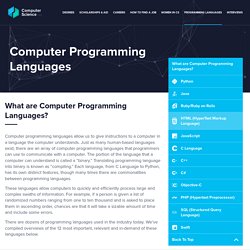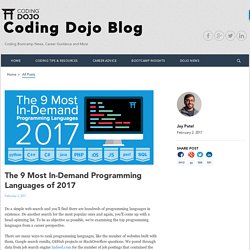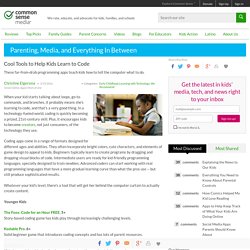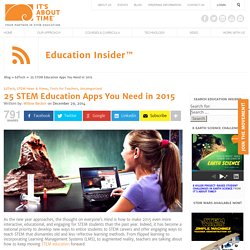

Guide to Programming Languages. C Language is a structure-oriented, middle-level programming language mostly used to develop low-level applications.

Who uses it? The 9 Most In-Demand Programming Languages of 2017. Do a simple web search and you’ll find there are hundreds of programming languages in existence.

Do another search for the most popular ones and again, you’ll come up with a head-spinning list. To be as objective as possible, we’re examining the top programming languages from a career perspective. There are many ways to rank programming languages, like the number of websites built with them, Google search results, GitHub projects or StackOverflow questions. We pored through data from job search engine Indeed.com for the number of job postings that contained the name of a programming language. We did the same analysis for the top coding languages of 2016 and found some interesting changes in 2017, which are explained below. The number of Indeed job descriptions including SQL (Structured Query Language) increased by nearly 50,000 this year over last year, giving SQL a dramatic lead over the other languages. Code.org - Anybody can learn.
M&C - Math & coding. Framework. When high quality teaching is infused with the dynamic use of technology, personalized student learning becomes possible. The Future Ready District Pledge is designed to set out a roadmap to achieve that success and to commit districts to move as quickly as possible towards a shared vision of preparing students for success in college, career, and citizenship. This roadmap can only be accomplished through a systemic approach to change, as outlined in the Future Ready Framework. With personalized student learning at the center, a district must align each of the seven (7) key categories, called "Gears", in order to ensure a successful digital conversion. The outside rings of the framework emphasize the need for collaborative leadership and the cycle of transformation where districts vision, plan, implement, and assess continually. Swift Playgrounds - Apple (AU) Scratch - Imagine, Program, Share.
Coding for Kids. Learn to code. Cool Tools to Help Kids Learn to Code. When your kid starts talking about loops, go-to commands, and branches, it probably means she's learning to code, and that's a very good thing.

In a technology-fueled world, coding is quickly becoming a prized, 21st-century skill. Plus, it encourages kids to become creators, not just consumers, of the technology they use. Coding apps come in a range of formats designed for different ages and abilities. They often incorporate bright colors, cute characters, and elements of game design to appeal to kids. Beginners typically learn to create programs by dragging and dropping visual blocks of code. Whatever your kid's level, there's a tool that will get her behind the computer curtain to actually create content. Younger Kids The Foos: Code for an Hour FREE. 5+ Story-based coding game has kids play through increasingly challenging levels. Kodable Pro. 6+ Solid beginner game that introduces coding concepts and has lots of parent resources. Older Kids. Code Clinic: Go. Released Successful programmers know more than a computer language.

They also know how to think about solving problems. Code Clinic is a series of 11 courses where our authors solve the same problems using different programming languages. Here Todd McLeod works with Go, Google's open-source programming language. Todd introduces challenges and then provides overviews of his solutions in Go. Pencil Code. Hour of Code. Start with Code – Google. Blockly Games. ABC Splash: STEM. Box Island - Award Winning Coding Adventure for Kids. Learn. Play, Design & Code Retro Arcade Games Grades 2+ | Blocks CS First Unplugged Grades 2-8 | Blocks, Unplugged, Scratch Discover Python with Silent Teacher Grades 6+ | Python codeSpark Academy with The Foos: Create Games Pre-reader - Grade 5 | Blocks Dance Party Ozaria: Your Journey Begins. Programming for Kids.
Robotics lessons and resources. 25 STEM Education Apps You Need in 2015. As the new year approaches, the thought on everyone’s mind is how to make 2015 even more interactive, educational, and engaging for STEM students than the past year.

Indeed, it has become a national priority to develop new ways to entice students to STEM careers and offer engaging ways to teach STEM that dismantles old and less-effective learning methods. From flipped learning to incorporating Learning Management Systems (LMS), to augmented reality, teachers are talking about how to keep moving STEM education forward. According to a recent Teachercast article, 5 EdTech Trends Changing Education for the Longterm, one of the biggest trends for 2015 will be the incorporation of more apps into classroom curriculum including gamification, collaboration, self-learning and assessment apps. Terry Heick (@terryheick) at TeachThought echoed similar sentiments in his post 30 Trends in Education Technology for 2015 while pointing out the challenges of technology integration: 1. 2. 3. 4. 5.